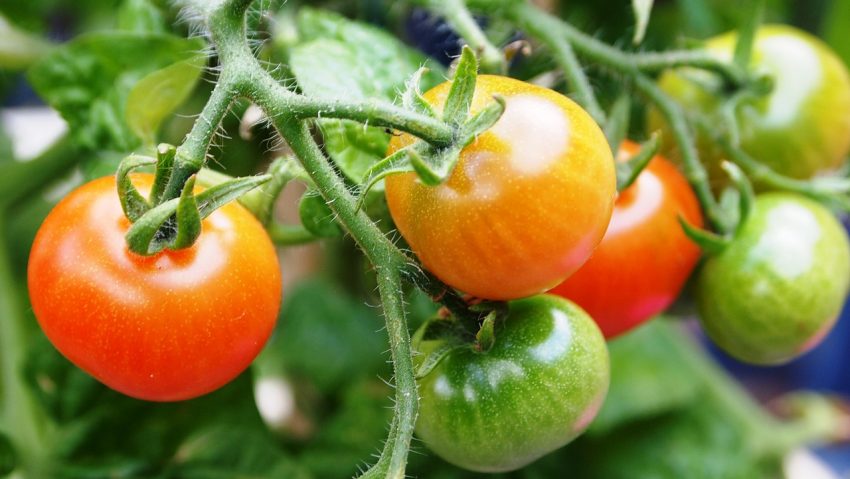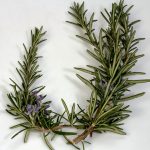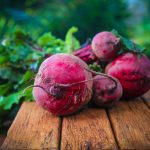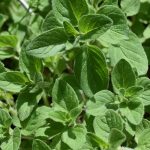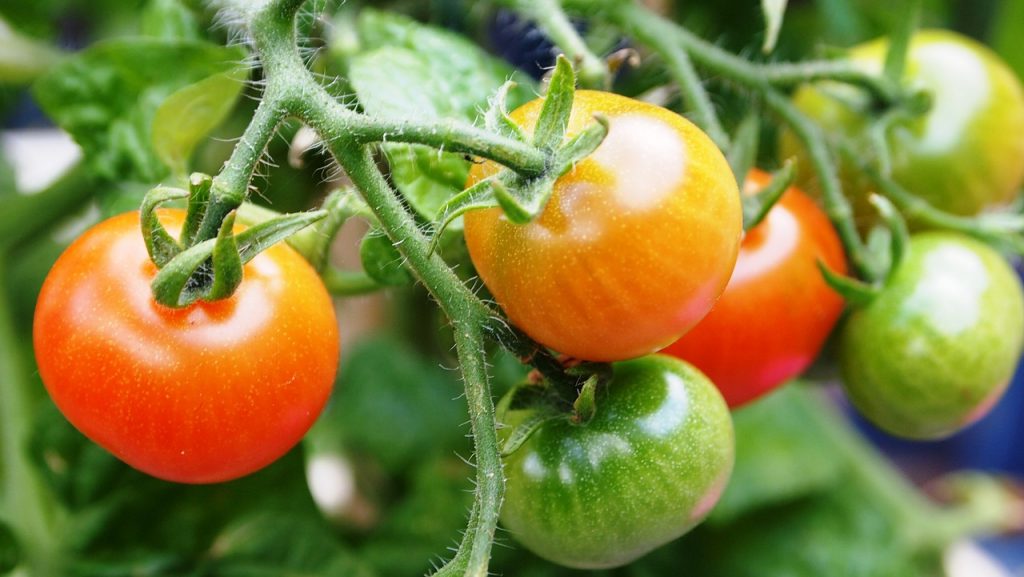
Growing tomatoes in container is fun and satisfying (rewarding too!!). They are one of the most used vegetable in our kitchen. Tomatoes are not the easiest plants to grow. Pests and critters like your tomatoes as much as you like them. Here are my tips for growing your own container tomatoes, based on my experience growing them on my balcony garden.
Plant Selection
Tomatoes can be started from seed or brought as seedling. I grow my container tomatoes during my favorite season of the year (of course summer). I bought the seedlings from store and planted them in my small balcony garden sometime during late spring. There are many varieties of tomatoes which are compact enough to grow in small space.
Container Selection
Always select a container big enough to hold the full grown plant. The bigger the pot, better the tomatoes are. Five gallon buckets are a good size for many common tomato varieties. Smaller pots wont have enough grow space resulting in root bound. Make sure the containers have enough drainage hole at the bottom of the pot.
Potting Soil Selection
While selecting potting mix, keep in mind your local climate (rainfall, humidity, heat)
and how consistently you can water your plants. I used 1 part garden coir along with the store bought potting soil mix for better moisture retention. As the plant grows, add additional potting soil to top off the pot as required.
Sunlight
Tomato plants enjoy good sun; about 6 to 8 hours of sunlight will make the plants happy. If the plants doesn’t get enough sunlight, it won’t set fruit. For healthy container tomatoes, it is essential to pick a spot where your tomatoes will get enough sun. Tomatoes like warm weather, so don’t plant them outside before it gets really warm. Tomatoes can also fail if the weather is too hot or cold.
Irrigation
Tomatoes are thirsty plants that likes to drink lots of water. Consistent watering is
necessary for healthy tomatoes. Depending on your climate, potting soil with coir / moss will retain moisture for the plants. If you are short of time or cannot maintain a watering schedule, self watering pots and drip irrigation are some alternate options. If you plan on being out for an extended period of time, make sure to arrange for watering the plants if you hope to pick up tomatoes on your return.
Pollination
Pollination is essential for the plants to set fruit. If the flower is not pollinated, the flowers will not turn into fruits. Plants that attract pollinators can be planted near the tomatoes. I planted marigold and had great success.
Fertilizer
Container plants are susceptible to nutrient imbalances compared to plants on the ground. Periodic fertilizing is needed to maintain the nutrient balance. I fertilized the plants every other week with an organic fertilizer.
Pest/Disease
No matter how good you care for your plants, depending on your local ecosystem you will see some pest infection.
Tomato Yellow Leaf Curl
It causes the leaves to curl upward with purplish veins on the underside of the leaves and yellowing of the leaf edges. Infected plants shows stunted growth and fruit production will be impacted.
White flies
White flies are are soft-bodied white colored insects that can fly. They feed on the plant juice and are found on the underside of the leaves. They start in small colony and multiply rapidly. The infected plant will lose its energy which results in yellowing of leaves, and stunted growth.
Pest control
Even though you can’t avoid these pests completely the following tips and tricks will help to manage the pest issue.
• Hosing down the plant on both sides of the leaves
• Neem oil is a good organic alternative. Depending on the severity of infection a couple of rounds of application may be needed.
Mine is a balcony garden; I didn’t had any problem with critters, but a few chipmunks gave the occasional visit, but didn’t do any damage. Also make sure to collect all your tomatoes before the first frost of the season.
Here is the picture of my final Harvest of the season!!
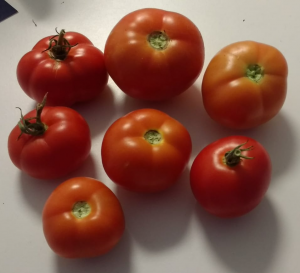
Share your experiences on tomato growing in the comments section.

